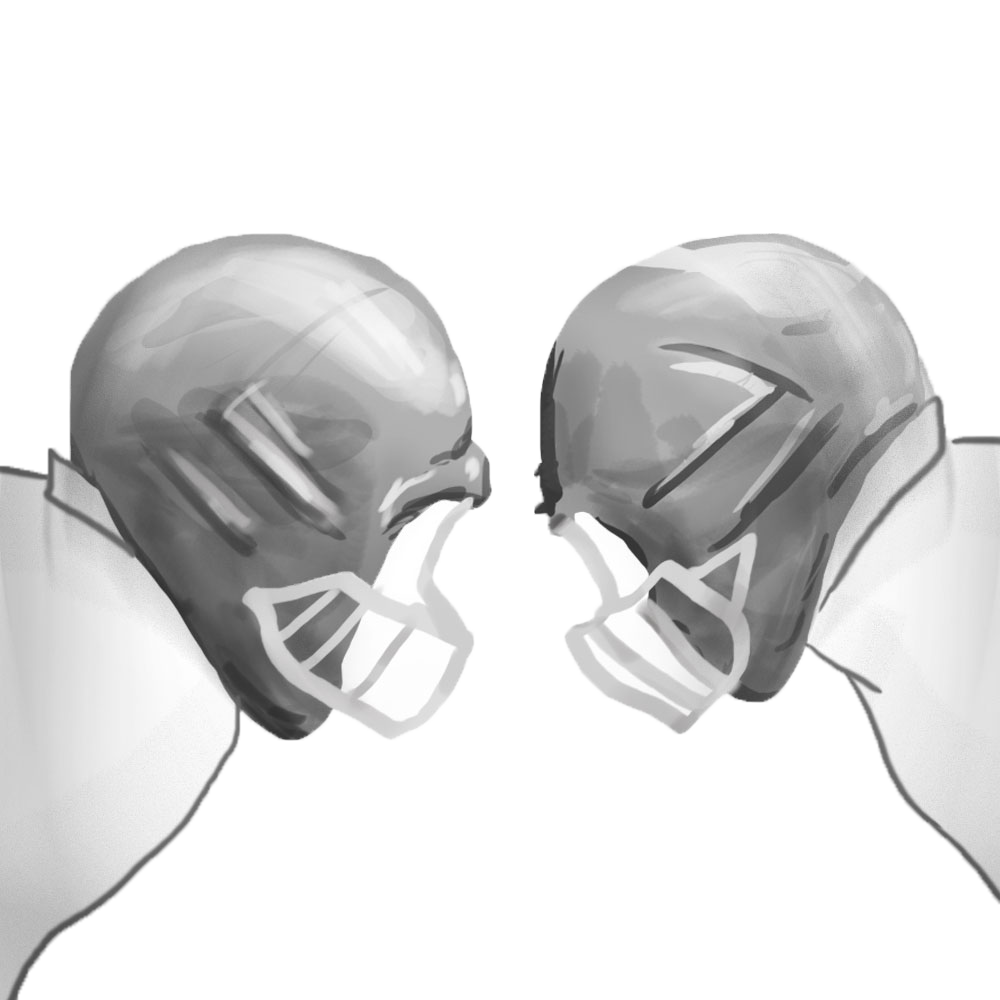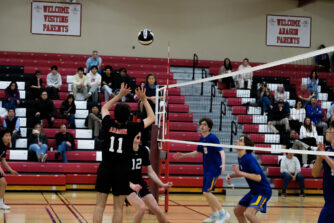
Throughout all levels of sports, injuries are a commonality. Among those injuries, concussions are on the more severe end of the spectrum.
The Center for Disease Control estimates that in the United States, there are between 1.6 and 3.8 million concussions suffered each year, 300,000 of which are suffered through high school sports alone. With nearly 37,000 high schools across the United States, concussions are a prevalent aspect of high school sports.
Stat News claims, “In the hours and days after a hit, a concussed brain continues to experience a cascade of changes, including cell death, damage and inflammation, that can lead to physical symptoms and declines in cognitive function.”
Concussions are commonly caused by blows to the head, falls or other injuries that shake the brain. But unlike many other sports-related injuries, the symptoms of a concussion are often unable to be directly observed by coaches. Athletic trainer Daniel Walker says, “Concussion symptoms include dizziness, headaches, nausea, fatigue, falling asleep and trouble staying asleep.”
Many athletes who notice their concussion symptoms will make the mistake of concealing them to avoid losing playing time. A recent study conducted by Cincinnati Children’s Hospital Medical Center revealed that over half of the high school athletes wouldn’t report a concussion.
According to the Cleveland Health Clinic, playing without full recovery from a concussion will cause a player to become more vulnerable to future head trauma.
Varsity basketball head coach Hosea Patton says, “I’ll also tell my players, ‘Don’t give me this tough guy thing where you’re stating you’re okay when your head could be feeling a certain way and you just wanna get back on the court. I’d rather have you for the long haul for your health to be okay than you getting out there and possibly hitting it again and the chances of the injury being worse.’”
Based on the concussion protocol followed by Aragon, after being diagnosed with a concussion, a player must sit out from his or her sport for at least a week. Then, they must go through the California Interscholastic Federation Concussion Return to Play Protocol (CIF RTP), which requires six days of monitored activity, a return to normal academic activity, and one full practice to be completed before they can compete in the next game. Players must also have the CIF RTP Protocol form filled out by a physician or a trainer.
Varsity football head coach Steve Sell is serious about abiding by the concussion protocol. “There’s no coach in the right mind that would go outside that protocol. And so you don’t mess with head injuries with kids or with anybody,” says Sell. “We all follow the state guideline and anyone who tries to be short of that is a damn fool.”
According to the Sports Concussion Institute, concussions are most common in men’s football and women’s soccer. Despite the large number of concussions in football, Aragon takes a number of precautions to keep players safe.
“I teach tackling as if they didn’t wear helmet which is the rugby style of tackling,” says Sell, “So it’s not by accident that we have very few concussions.”
As football is a main contributor to concussions, California enacted a rule allowing teams to only practice twice a week with at most 90 minutes of contact per practice. The CIF State Bylaw defines “contact” as “a practice where drills or live action is conducted that involves collisions at game speed where players execute tackles and other activity that is typical of an actual tackle football game.”
“That’s an absurd amount of contact,” says Sell, “Per week, we might have anywhere from 40 to 50 minutes [of contact]. I get scared; we don’t have enough players that we can afford to lose anybody in practice.”
Although a single concussion likely will not have a lifelong impact on a player, repeated concussions may have serious consequences. “Chronic traumatic encephalopathy (CTE), which can only be diagnosed during an autopsy, is the most worrisome potential effect of multiple concussive and subconcussive impacts over time,” says neurologist Andrew Russman.
Since CTEs can only be diagnosed during an autopsy, it’s unknown how many concussions are needed to cause long-term brain damage. Because they are notoriously underreported, scientists have yet to fully understand the injury.
“There’s not really a way to avoid head injuries, except following the rules,” concludes Walker.



